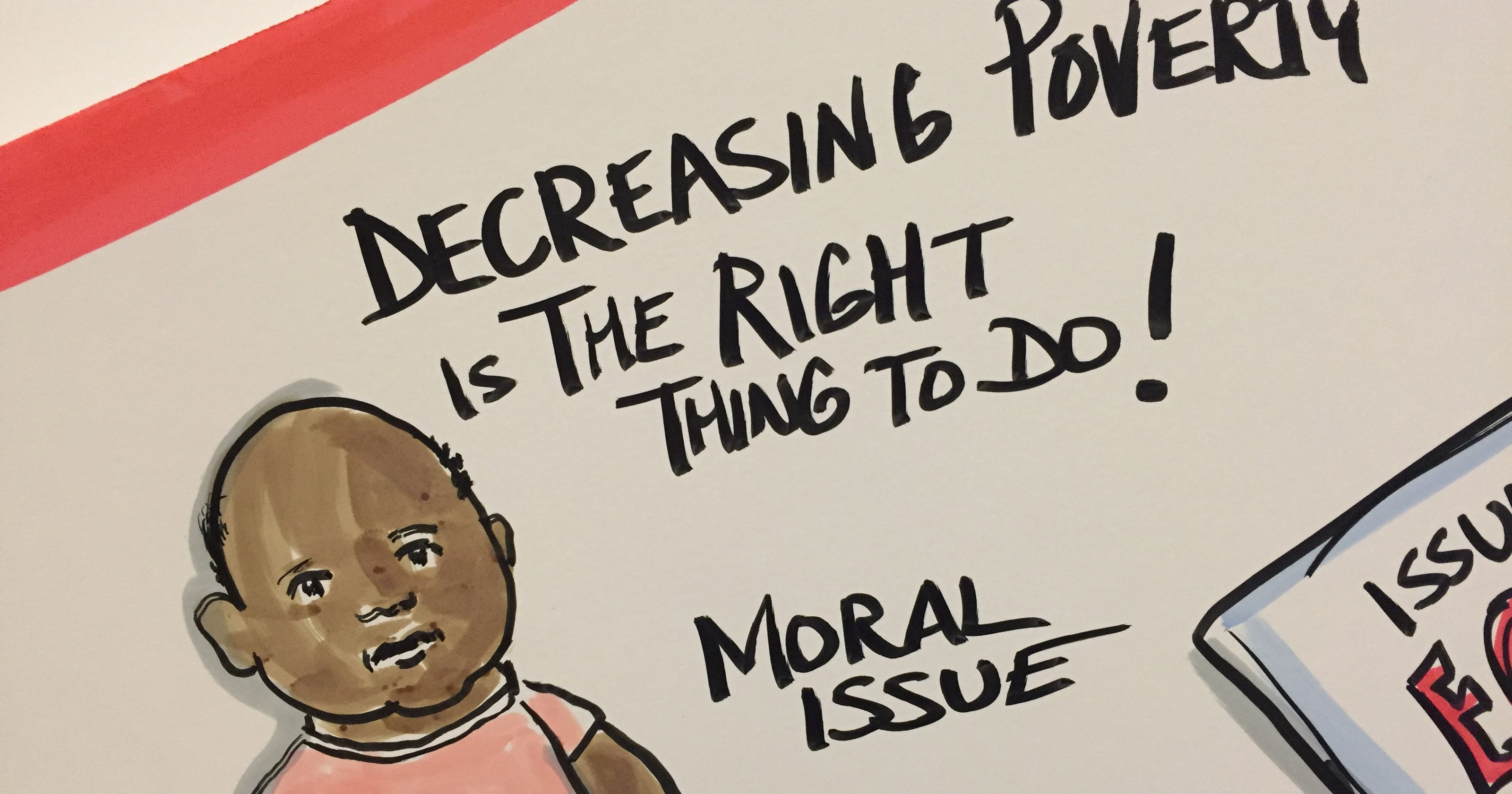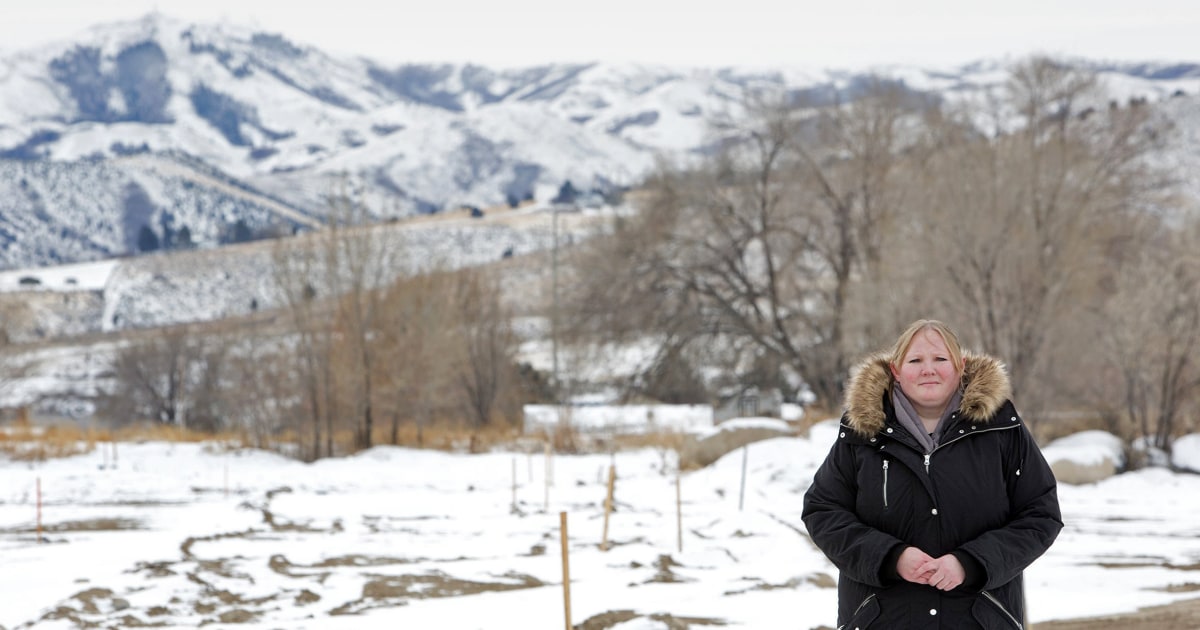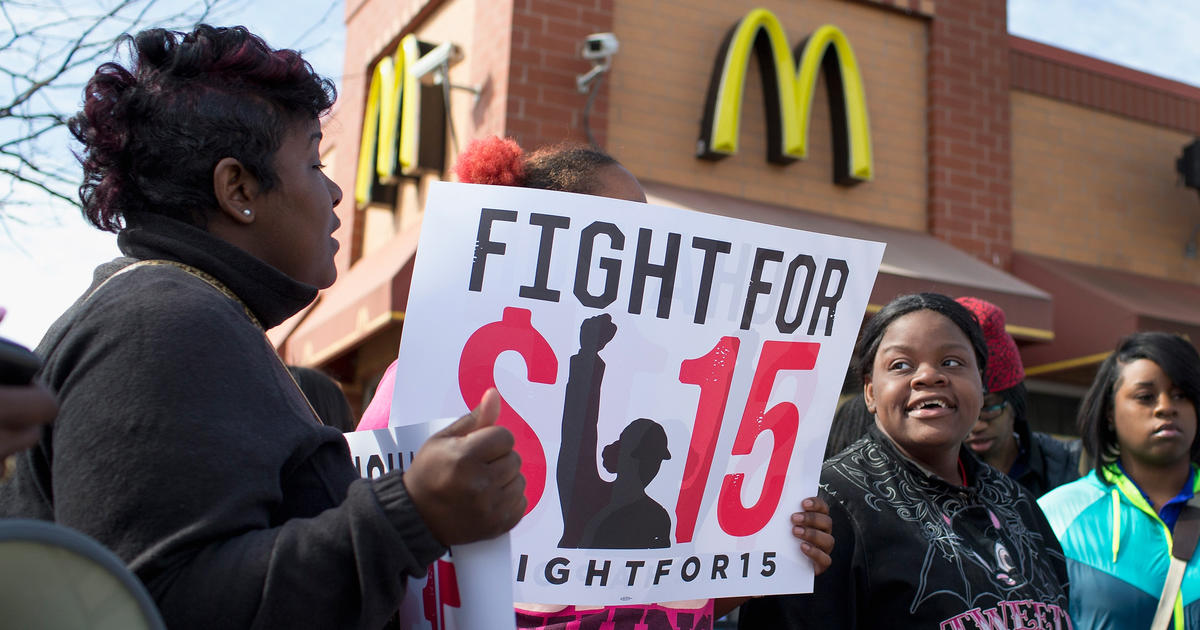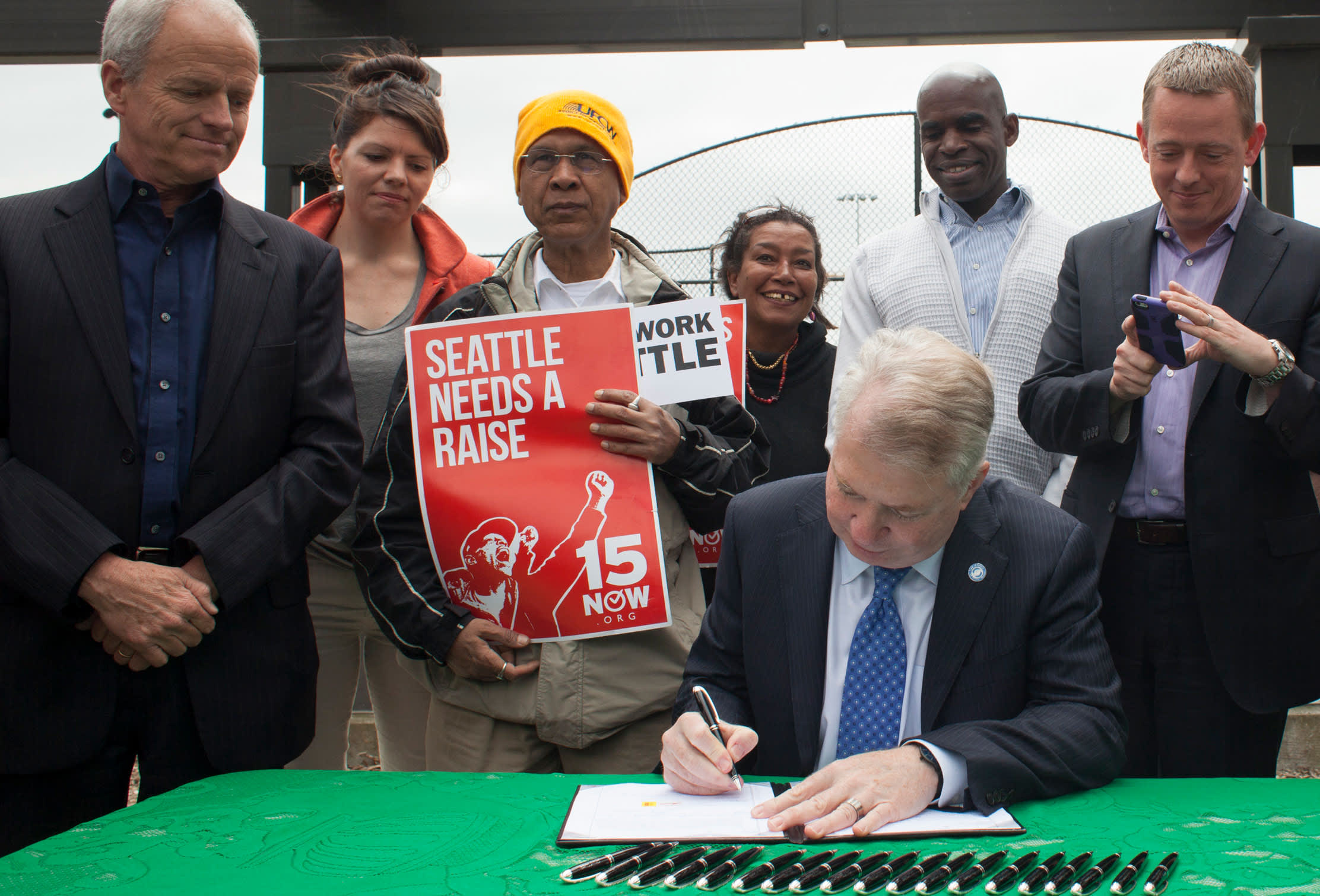Every state has at least one county where poverty increased since 2016.
The Graduate Hospital area has the highest median household income in Philadelphia, $101,834. Fairhill has the lowest, $18,722.
New U.S. Census estimates show improvement, but some rural counties are worse off than before the recession and 40% of Cincinnati kids live in poverty.
A new Trump administration policy would leave many Americans without food stamps. Food banks are worried they won’t be able to make up the difference.
When people eat better, they enjoy better health, reducing not just suffering, but also some expenses.
College students often struggle to make ends meet, and food insecurity is more common on campus than you might think. Now it could be even more challenging for some to get food stamps.
An estimated 62,000 public housing units around the country need lead abatement.
L.A. County will get $134 million from a settlement to rid homes of lead hazards. But that will cover only a fraction of needed work, officials say.
St. Paul has secured $2 million from philanthropists, businesses and the state to start a college-savings fund for every newborn in the city. Do asset-building programs meet their goals?
Editor’s note: This is the second in a two-part series examining St. Paul’s plan to start a college-savings fund for every newborn in the city. The first story ran on Sunday, Dec. 22. …
A single mother in Stockton receiving $500 in monthly cash disbursements says the money has been transformational. Supporters of a privately funded, 18-month experiment in universal basic income for 125 lower-income residents of the city hope her experience can be repeated on a broad scale.
The number of adults getting treatment has nearly doubled since the state expanded the health care program, and wait times are swelling.
“For me, I’m looking at kidney failure, dialysis, death — and I don’t want to die,” said one Idaho woman who will be covered by Medicaid in January.
The controversial move shifted the balance of power away from insurers and government bureaucrats, and empowered individuals to make their own choices
Half of U.S. states are raising their minimum wage this year, benefiting almost 7 million workers, by one estimate.
Wage growth for the lowest-paid workers is now outpacing that of the country’s top-earning professionals
Seattle’s law is now at the forefront of a national debate over the impacts of progressive wage increases.
Nancy Glynn could not afford a funeral for her newborn son who died after a premature birth.
With the ranks of homeless people growing faster than housing is being built, one of the most popular strategies for reducing homelessness has become to simply keep people in their homes.

















